Fluorescent lamps are actively used in ceiling lamps. They are economical, reliable, long-lasting and less expensive than LEDs. Luminescent products can be seen in office and administrative buildings, industrial premises, and residential buildings. Despite the operating time, the lamps have to be changed periodically. There are different methods of replacement, which depend on the design of the luminaire and the type of base.
Principle of operation
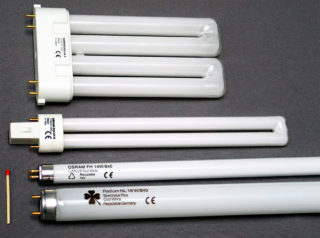
Luminescent sources have this name due to the phosphor. This is the coating that is applied to the inside of the tube. The phosphor gives the lamp special properties, due to which the power increases in comparison with classical lamps with the same energy consumption. The wiring diagram contains a choke and a starter. The light bulb will not work without them.
How the source lights up:
- voltage is applied to electrons;
- in a gaseous medium, a current flows under high voltage and a glow discharge is formed;
- current passes through the spirals, heats them up, as a result of which the contacts are closed;
- after cooling, the starter contacts open;
- there is a pulse voltage across the throttle, which turns on the lighting.
Externally, the light bulb is a glass bulb of different diameters. The body itself is straight or U-curved. Fluorescent ceiling lamps come in a variety of shapes and effects. For ceilings, products are bought in the form of tubes.
Such light sources are used in offices, hospitals, schools, administrations, apartments and other residential and non-residential premises.
What do you need to replace
Before replacing, you need to find out which part has burned out. The starter, the throttle or the lamp itself could have burned out. The first two components can be identified by external deformation and the smell of burning. A burned-out light bulb can be distinguished by its darkened edges.
Work should be carried out in compliance with safety measures and in a de-energized room. Tools must have insulated handles. Work is required in protective gloves.
Types of plinths
G5 and G13 are used in spotlights and kitchen ceiling fixtures. Their installation method is the same. Plinths G23 are suitable for wall-mounted appliances.
Replacement Algorithm
- Turn off the light and electricity.
- Detach the cover or grille. In models with one lamp, the cover can be fixed to the lamp itself. To remove it, you need to gently pull on it.
- Get out the lamp. You need to grab it with both hands on both sides and turn it around the axis 90 degrees in either direction. Then you need to gently pull it away from the lamp and pull it out.
- Install a new lamp with the same dimensions and wattage. Both ends must be inserted into the chuck and rotated 90 degrees around the axis in any direction. Fixation can be judged by a slight click.
- Check functionality.
Replacing the bulb of recessed luminaires (with E type base):
- Disconnect the electricity supply.
- Pry off the insulating ring with a screwdriver.
- Pull out the lighting fixture.
- Remove the protective housing, change the bulb.
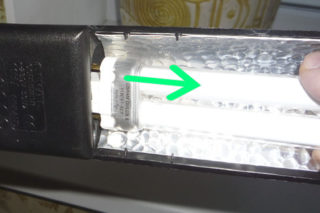
Replace light source with G23 socket:
- Turn off the power on the panel.
- Put the lamp on the table, turn the shade to the top and remove it.
- Remove the light bulb by gently pulling it out from the plafond by the edge of the bulb.
- Put a new bulb with a base in the socket, press the end of the bulb until it stops.
It is important to carefully remove the flask from the plastic retainer. It is easy to break it, but it does not affect the performance of the product.
troubleshooting
The ballast in the luminaire may break. It regulates the amount of voltage supplied. If the failure is related to ballast, it will be cheaper to buy a new fixture. The malfunction can be determined by the hum of the device.
A broken fuse or power supply is recognized by flickering. If the lamp blinks, you need to reset the power by turning the switch on and off. If this does not help, you will have to change the block.
Useful Tips
Fluorescent lamps contain harmful chemicals that are hazardous to health, such as mercury. Therefore, it is especially important to do all the work carefully, trying not to break the flask. If the flask still breaks, you need to open the windows in the apartment for ventilation and collect the fragments in an airtight container.
It is important to properly dispose of the lamp. Luminescent light sources must not be disposed of with household or construction waste. For fluorescent light sources, there are special collection points to which the lamp must be taken.
When installing a new light source, the surfaces of the luminaire should be free of dust. This will increase the duration of the nodes and elements of the device.
Fluorescent lamps are suitable for daytime running lights. They are economical, give a bright light, are used in surface-mounted and built-in lamps and Armstrong-type devices. But, despite the long service life, the light bulb can break and burn out. You need to change the light bulb carefully, carefully and in compliance with safety precautions.

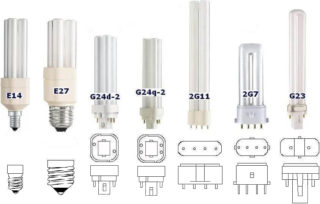



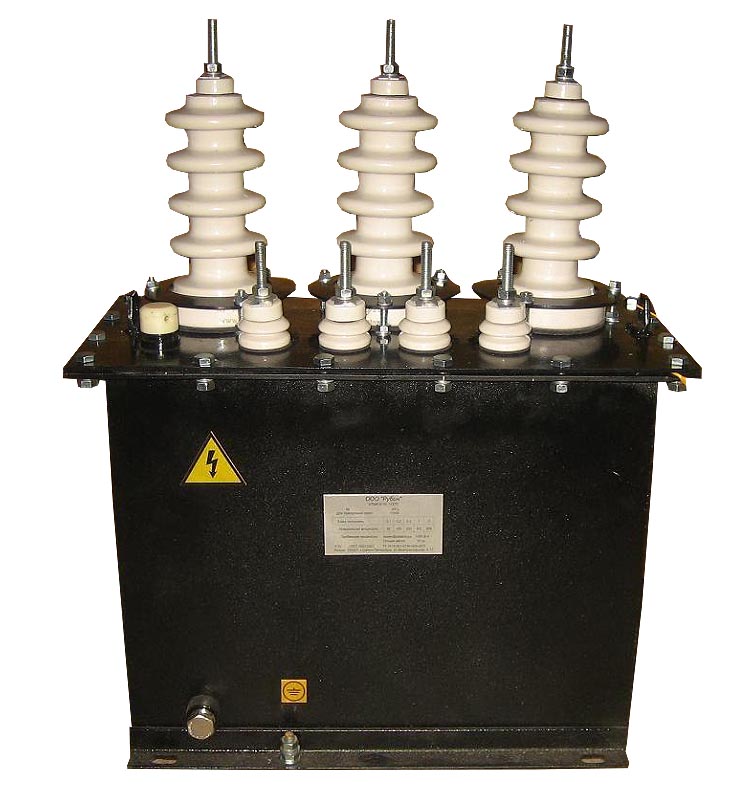

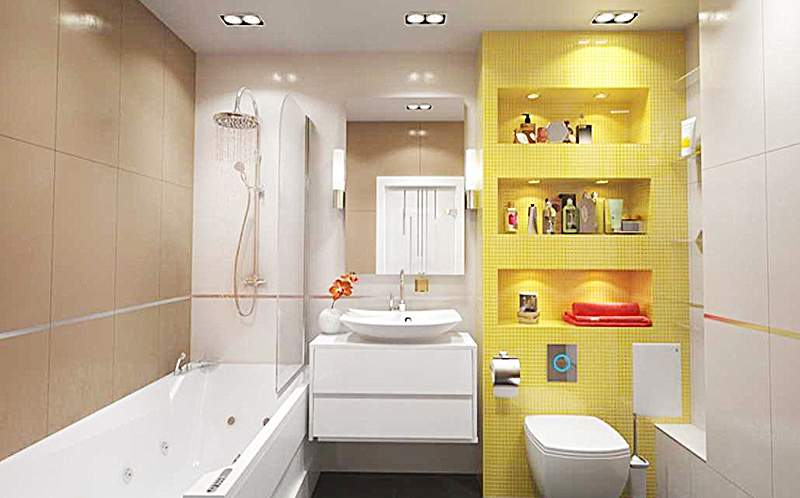




In my lamps I change similar lamps to LED ones, having previously changed the base.